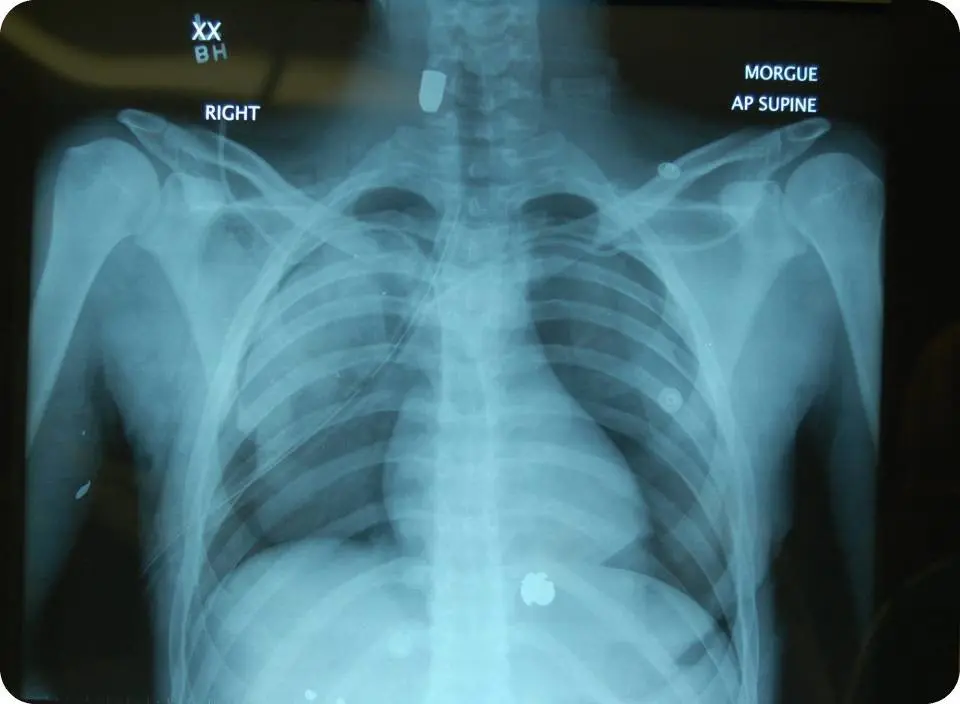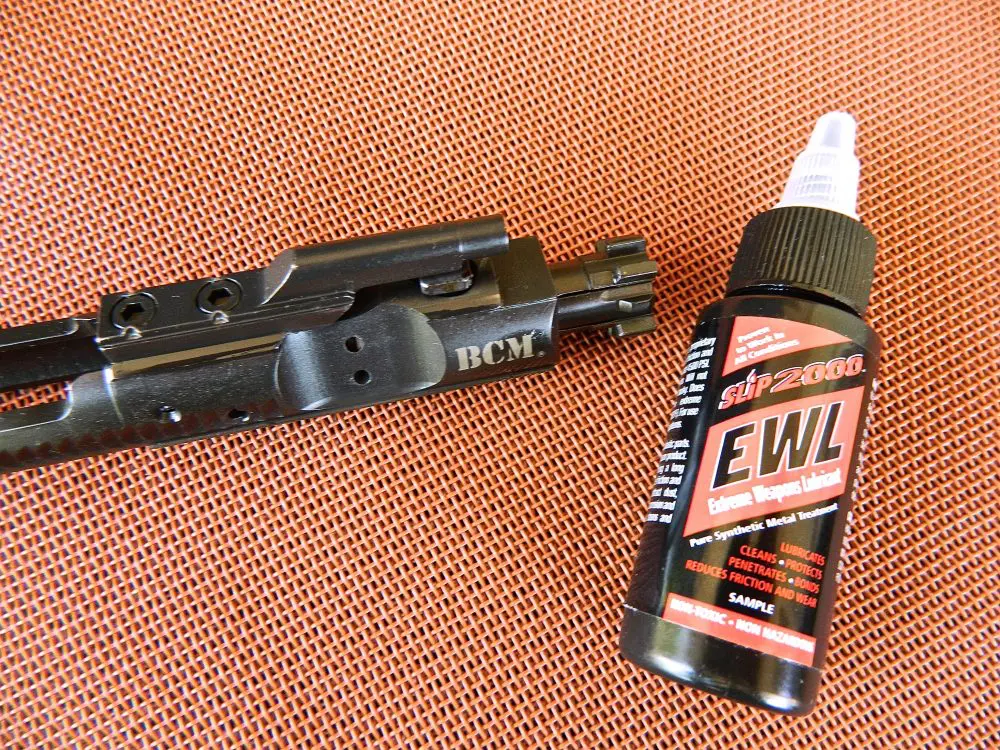Quite a few years ago, I was working with a security team that was relatively small but still wanted a countersniper/overwatch capability.
For my own interest and as a possible answer to their need for an easily handled countersniper rifle, I had ROBAR build me a folding-stock Remington 700 with a 16.25-inch barrel. With good IOR Valdada optics and a tenround box magazine, it was and is a formidable rifle—capable of sub-MOA accuracy—yet easily stowed in a pack or satchel.
Another team I worked with used HK53 SMGs in 5.56x45mm instead of the 9mm versions used by a lot of protective teams. The HK53 gave longer range, more striking power and, with proper ammo, much better antivehicle capability. Plus it was quite compact.
Members of the British 14th Intelligence Company (now the Special Reconnaissance Regiment) carried their 53s in a backpack that allowed quick access.

With the availability of the 7.62x51mm (.308 Winchester) AR, I saw the advantages of having a selfloading rifle that was accurate enough for short- to medium-range countersniper or fire-support usage yet was relatively compact.
Again primarily for my own use but also to demonstrate the concept, I had DS Arms build me an FAL Para model with folding stock and 16.25-inch barrel. It was very accurate—usually about 1.5 MOA—and quite compact.
For the most part, I don’t work with high-threat security teams these days. Lots of younger guys with recent trigger time are out there. I’ve been content with my DSA Para and my ROBAR 700. But I’m still intrigued by the availability of compact self-loading, serious- caliber rifles for preparedness or security work.
As a result, I’ve followed the weapons developed by DRD Tactical, including a group of rifles that can be taken down into two main components and transported in a case or backpack. These offer quite a few possibilities.
I’ve used the CDR-15 version in 5.56x45mm NATO for a few years and have been happy with its quality, reliability, and accuracy. I was intrigued with the DRD M762, which offers the increased power of the 7.62x51mm round in a takedown model.

When broken into its two primary components, the M762 is designed to fit in a case that will also take spare magazines, an ACOG or similar-sized optic, suppressor, and, if desired, a pistol and spare magazines.
Though heavy, the case is sturdy and will easily fit in a vehicle trunk. I would rate it highly for vehicle carry but would consider an option in a backpack or satchel to make it more portable.
The way the cutouts in the case are designed, the optic is carried off of the receiver rail and must be mounted prior to use. This entails marking the rail so it can be remounted in the proper slot. It is possible to use custom cutouts in the case, allowing the optic to remain mounted. This would speed re-assembly time.
As standard with the rifle, the case holds three Magpul 20-round magazines.
The M762 has a 16-inch hammerforged, chrome-lined barrel with 1:12 twist. A flash hider is mounted. Weight of the rifle is 8.7 pounds.
Both upper and lower are made from 6061 Billet Aluminum. A DRD Quick Takedown MIL-STD-1913 13- inch rail that uses Magpul L-4 rail panels allows mounting of accessories. Grips and stock are Magpul MOE.

Assembly of the rifle is relatively quick. As I have some experience with the DRD system, I can prepare the M762 for action, starting with it in the case, in one to one and a half minutes. Practice could readily get that under a minute.
Once the two main sections of the rifle are removed from the case, a thread guard has to be removed so the barrel/gas tube can be attached to the receiver. Then the forearm is slid over the barrel and locked into place. If the optic is not already on the receiver rail, it has to be installed.
Clear and easy-to-follow instructions come with the rifle. As it takes some precision to align the gas tube and tighten the collar to lock the barrel to the receiver, then align the handguard and lock it with a cross pin and throw lever, I recommend practicing assembling and disassembling the rifle to get used to the system.

I have not yet tested the M762 to see if assembling and disassembling affects accuracy. However, on the previous 5.56x45mm takedown AR I have used, it did not. I also have not tested the removal and replacement of the ACOG to see if zero holds. Previous experience with removing the ACOG from a rail, then replacing it in the same location has shown that the zero remains close, though not always exact.
Speaking of the ACOG, to test the DRD M762, I used a 3.5×35 TA11E, regulated for the .308/7.62x51mm round and with a green chevron. I have found that with ACOGs, I shoot best with the chevron. Although the bar with stadia lines is marked out to 800 meters, with 3.5X, I don’t usually do that well past 300 meters.
Having said that, with a Trijicon RCO, the 4X optic used by the USMC, I have actually shot some good groups at 500 meters. For the mission I see for the M762, I think the 3.5X ACOG should suffice, and shooters better than I should be able to use it to 500 meters or more.

INSET: Green chevron reticle used on ACOG employed in testing.
The DRD M762 is a clever design that gives one a 7.62x51mm AR that can be carried quite compactly. It is accurate enough to shoot at least 1.5- inch five-shot groups at 100 yards. Though compact, it is heavy when packed in its case. It is also expensive.
The complete package of rifle with case and with “Battle Worn” finish as the one I tested has an MSRP of $3,500. For comparison, a DSA SA58 16-inch barrel Para model has an MSRP of $1,975.
However, folded length of the DSA Para is 26.5 inches, while the longest portion of the DRD M762 when disassembled is 19 inches. The decision thus becomes, what is the savings of 7.5 inches worth?
The DRD Tactical is a quality, welldesigned rifle. It can perform the tasks that other self-loading 7.62x51mm rifles perform, yet stow more easily. For those who like or need that feature, it is definitely worth considering.





